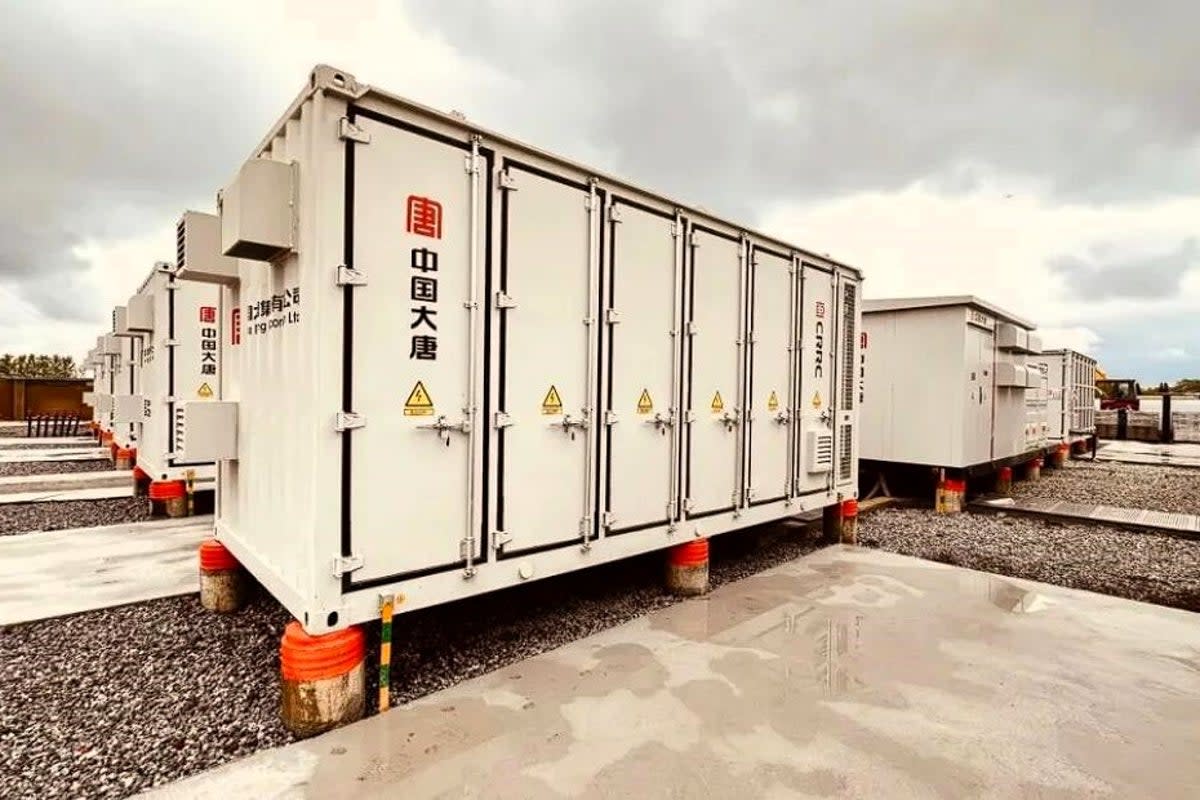World’s biggest sodium-ion battery switches on, able to power 12,000 homes

The world’s largest energy storage facility ising next-generation sodium-ion batteries has begun operations in China.
The 100,000 kWh project in the Hubei province is capable of storing enough electricity to power 12,000 homes on a single charge.
It is the first phase of the massive Datang Hubei Sodium Ion New Energy Storage Power Station, which spans an area of 30 acres - or roughly 15 football pitches.
Sodium-ion batteries offer a number of benefits compared to conventional lithium-ion batteries, as they are both cheaper and safer than the batteries found in smartphones and electric cars.
The sodium (Na) required to build them is also 500 times more abundant than lithium. while also holding the potential for greater charge and efficiency than Li-ion batteries.
While adoption remains relatively low, a series of technological breakthroughs in recent years have now made it possible to use them in commercial settings on a massive scale.
“Sodium-ion batteries have excellent safety and low-temperature operating performance,” said Cui Yongle, a project manager at Datang Hubei Sodium Ion Energy Storage.
“They can still guarantee 85 per cent charge and discharge efficiency at minus 20 degrees Celsius, which is unmatched by other batteries. They can also guarantee 1,500 charge and discharge cycles at a high temperature of 60 degrees Celsius. Their puncture resistance and impact resistance are much better than that of ordinary batteries.”
Batteries are essential for optimising renewable energy sources like solar and wind, as they allow power to be stored during periods of over-production before being released when there is no Sun or wind.
According to the International Energy Agency (IEA), grid-scale storage will play a critical role in achieving net zero emissions targets by 2050.
“While progress is being made, projected growth in grid-scale storage capacity is not currently on track with the Net Zero Scenario and requires greater efforts,” the IEA noted in its 2023 clean energy progress report.


